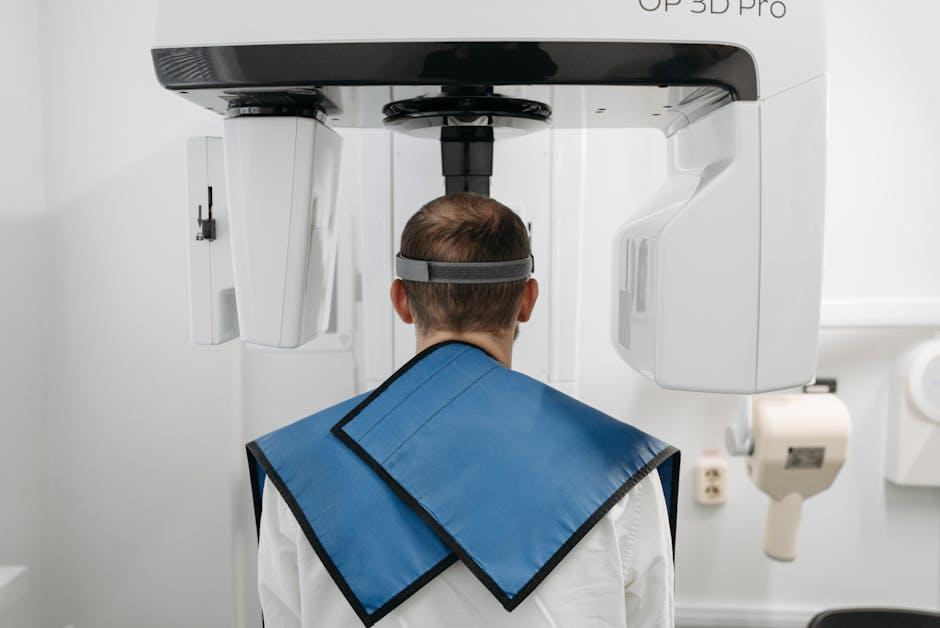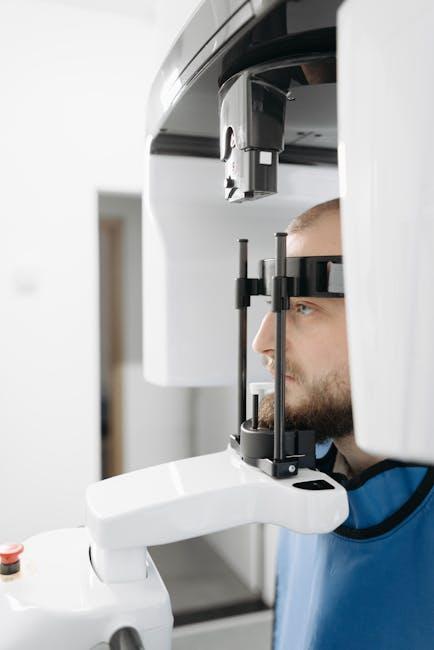
3D Scans & Future Dental Tech with Zelko Relic, Align Technology – TechInformed
Digital transformation has been sweeping through healthcare, and dentistry is no exception. At the heart of this revolution lies 3D scanning technology, which is reshaping how dental professionals diagnose, plan, and treat patients. In this article, we dive deep into the world of 3D scans and future dental technology through the insights of Zelko Relic from Align Technology. Whether you’re a dental professional or simply curious about dental innovations, read on for an expert perspective on how these technologies are changing smiles worldwide.
Understanding 3D Scans in Dentistry
3D scans in dentistry involve using advanced imaging devices such as intraoral scanners to create highly detailed digital models of a patient’s teeth and gums. These digital impressions provide a comprehensive and precise view that traditional molds cannot match.
Key Components of 3D Dental Scanning
- Intraoral Scanners: Handheld devices that capture detailed 3D images inside the mouth in real time.
- Software Integration: Advanced software converts scanned data into precise models for treatment planning.
- Cloud-Based Storage: Securely storing scans for easy access and collaboration.
Why 3D Scans Are Essential in Modern Dentistry
Using 3D scans facilitates greater accuracy and patient comfort. By replacing traditional molds with digital impressions, dentists reduce the margin of error, speed up workflows, and enhance patient experience. Moreover, these scans enable personalized treatments such as orthodontics or implants with highly predictable outcomes.
Insights from Zelko Relic – Align Technology’s Visionary
Zelko Relic, a leading expert at Align Technology—the global innovator behind Invisalign and iTero scanners—shares valuable insight into future dental technology trends. According to Relic, integrating 3D scans with AI and machine learning will transform dentistry from reactive care to proactive prevention.
Relic’s Vision for Future Dental Tech Includes:
- Artificial Intelligence Diagnostics: AI algorithms analyzing scans to detect early signs of decay, gum disease, or misalignment.
- Tele-dentistry Expansion: Remote consultations powered by real-time 3D scan data for improved access to care.
- Customization at Scale: 3D printing combined with scan data to manufacture precise dental appliances faster and more affordably.
- Seamless Treatment Workflows: Fully integrated digital systems enabling clinicians to move from scanning to treatment in less time.
Benefits of 3D Scanning & Next-Gen Dental Technology
Incorporating 3D scanning technology leads to transformative benefits for patients and dental professionals alike.
| Benefit | Description |
|---|---|
| Precision & Accuracy | Captures minute details to create perfect dental restorations. |
| Improved Patient Comfort | Eliminates the need for uncomfortable traditional molds. |
| Faster Turnaround | Speeds up diagnosis, planning, and treatment delivery. |
| Enhanced Case Visualization | Allows patients to see realistic treatment outcomes digitally. |
| Data Integration | Enables better collaboration through cloud-based sharing and analytics. |
Practical Tips for Dental Clinics Implementing 3D Scanning
For dental clinics considering adopting 3D scanning technology, here are expert recommendations based on Zelko Relic’s experience and Align Technology’s best practices:
- Training is Key: Ensure all clinicians and assistants are properly trained on intraoral scanners and digital workflows.
- Choose the Right Equipment: Select scanners that integrate seamlessly with existing software and dental lab networks.
- Start Small: Pilot the technology on select cases before full-scale deployment to build confidence and gather feedback.
- Focus on Patient Communication: Use 3D visualizations to explain treatment options clearly, improving patient acceptance.
- Continuously Upgrade: Stay informed about the latest software updates and features to maximize scanner potential.
Case Study: Align Technology & Digital Orthodontics Success
One standout example of 3D scanning’s power is Align Technology’s Invisalign system, which leverages intraoral scans to create customized clear aligners. Here’s a brief overview of this success story:
| Parameter | Impact |
|---|---|
| Accuracy | 3D scans lead to a 99.7% fitting accuracy, minimizing adjustments. |
| Patient Experience | Scan-based impressions eliminated uncomfortable molds. |
| Treatment Time | Digital planning shortened average treatment by 20%. |
| Global Reach | Over 10 million patients treated worldwide using these technologies. |
First-Hand Experience: From Traditional to Digital Dentistry
Dental professionals who transitioned to 3D scanning tools report a paradigm shift in their practice. Many highlight:
- Reduced chair time due to faster impressions.
- Enhanced accuracy reducing remakes and chair-side corrections.
- Excitement from patients when visualizing their treatment journey digitally.
- Better integration with dental labs and streamlined communication.
Zelko Relic often emphasizes the empowering nature of these technologies, not just for clinics but also for patients who take a proactive role in their oral health thanks to improved visualization and diagnostics.
Conclusion: The Future of Dentistry is Digital and 3D
3D scans and future dental technology herald a new era in dentistry where precision, comfort, and speed are paramount. Thanks to leaders like Zelko Relic and game-changing companies such as Align Technology, digital dentistry is more accessible—and more effective—than ever before.
For dental clinics, embracing these innovations offers a competitive edge and superior patient care. For patients, it means more personalized, predictable, and comfortable dental experiences. As technology continues to evolve, 3D scans will become the cornerstone of innovative, patient-centered dental care worldwide.
Stay informed on the latest dental tech trends with TechInformed — your trusted source for insightful, expert-driven content.


